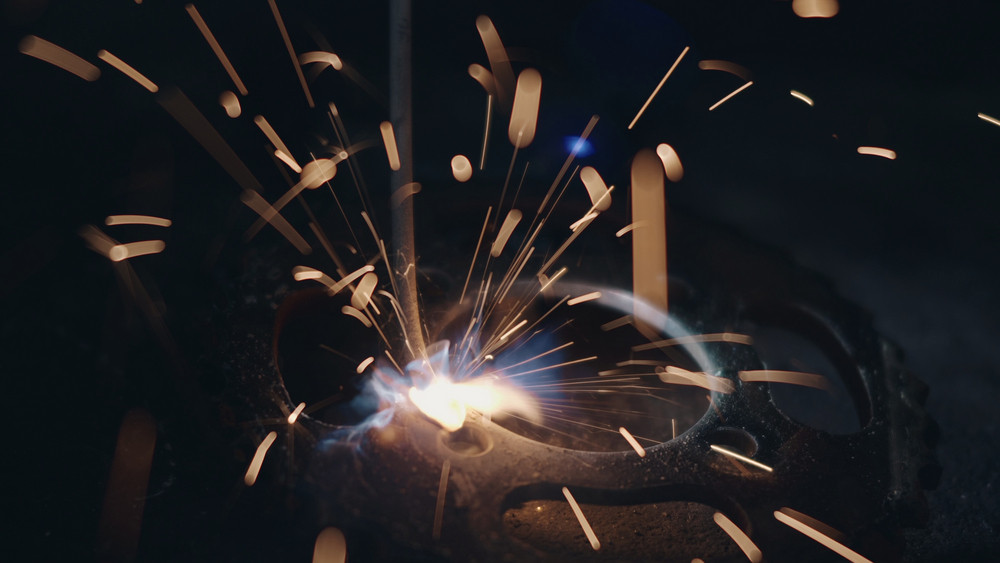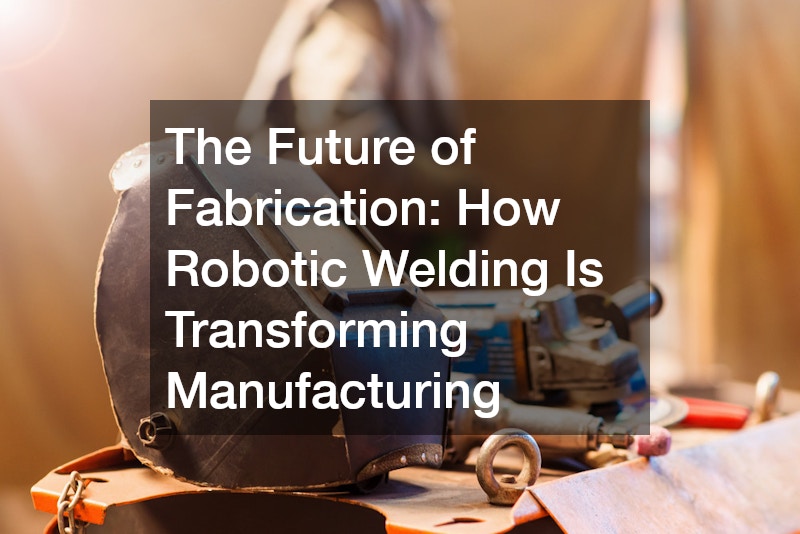
The manufacturing world is evolving at an unprecedented pace. As industries strive for greater efficiency, precision, and consistency, automation has become the cornerstone of modern production. Among the most transformative technologies driving this shift is robotic welding—a process that combines robotics and advanced software to deliver faster, more accurate, and cost-effective welding solutions. Once considered a luxury for large-scale factories, robotic welding is now accessible to businesses of all sizes, revolutionizing how metal fabrication and assembly are done.
Enhanced Precision and Consistency
One of the most significant advantages of robotic welding is its unmatched precision. Traditional welding, while skillful, relies heavily on human expertise and can be prone to inconsistencies—especially during long production runs or when handling complex geometries.
Robots, on the other hand, operate with mathematical accuracy, following pre-programmed paths that ensure uniform welds every single time.
This level of precision translates directly into improved product quality. In industries like automotive, aerospace, and heavy machinery—where even the smallest defect can have serious implications—consistency is critical. Robotic welders eliminate variations caused by fatigue or environmental factors, allowing manufacturers to meet stringent quality standards with ease.
Furthermore, modern robotic systems are equipped with advanced sensors and vision technology that enable real-time adjustments. These systems detect joint gaps, misalignments, and variations in material thickness, adapting instantly to maintain the integrity of the weld. This not only reduces waste and rework but also enhances the overall efficiency of the production process.
Increased Productivity and Cost Efficiency
Automation has long been associated with higher productivity, and welding is no exception. A robotic welding cell can operate continuously with minimal downtime, significantly increasing output compared to manual methods. Robots can work around the clock, delivering consistent performance without breaks or fatigue.
The initial investment in automation can seem substantial, but the long-term cost savings are considerable. By reducing labor costs, material waste, and production errors, companies often see a strong return on investment within a few years. In addition, robotic welding minimizes the need for rework and scrap, cutting down on expenses associated with defective parts.
Energy efficiency also plays a role. Robots are designed to optimize power consumption, using only the necessary amount of energy to complete each weld. Combined with their ability to operate in optimized production environments, they contribute to sustainable manufacturing practices—a growing priority across industries.
Improved Workplace Safety and Workforce Evolution
Manufacturing environments, particularly in metal fabrication, often expose workers to high heat, fumes, and repetitive motions. Robotic welding reduces these risks by handling the most dangerous and physically demanding aspects of the job. Workers can shift their focus from manual welding to supervising robotic systems, performing quality inspections, or programming new tasks—all of which are safer and more engaging roles.
This transition marks a broader trend in the evolution of the industrial workforce. As automation takes over repetitive tasks, there’s a growing demand for skilled technicians who can program, maintain, and troubleshoot robotic systems. Instead of replacing jobs, robotic welding is reshaping them—creating opportunities for workers to develop new technical skills and move into higher-paying, specialized positions.
In addition, robotic systems can be deployed in environments that are unsafe or unsuitable for human workers, such as confined spaces or areas with toxic fumes. This capability not only safeguards employees but also ensures that production can continue under conditions that would otherwise be hazardous.
For businesses seeking to modernize operations while maintaining safety standards, partnering with a robotic welding service provider offers a balanced approach. These services allow companies to leverage the benefits of automation without the burden of managing complex robotics systems internally.
Customization and Integration in Smart Manufacturing
As manufacturing enters the era of Industry 4.0, the role of robotic welding extends far beyond simple automation. Today’s systems are integrated into smart factories, communicating with other machines, sensors, and software to form a fully connected production network. Data from welding robots can be analyzed in real time to identify inefficiencies, predict maintenance needs, and improve overall workflow.
Moreover, robotic welding technology continues to advance with the incorporation of artificial intelligence and machine learning. These innovations enable robots to “learn” from each weld, optimizing parameters like speed, angle, and temperature for continuous improvement. Such smart automation not only enhances productivity but also pushes the boundaries of what’s possible in precision fabrication.
When companies partner with a robotic welding service, they gain access to these cutting-edge technologies without having to invest heavily in research and development. This enables small and medium-sized businesses to remain competitive in a rapidly evolving market.
The future of fabrication is being shaped by innovation, efficiency, and intelligent automation—and robotic welding stands at the center of this transformation. From improving precision and consistency to enhancing workplace safety and enabling smart manufacturing, the benefits are undeniable.
While the transition to automation requires investment and adaptation, the long-term gains in productivity, cost efficiency, and quality make it a worthwhile endeavor. Whether through in-house systems or collaboration with a trusted robotic welding service, manufacturers are unlocking new levels of performance and positioning themselves for success in the future of fabrication.




